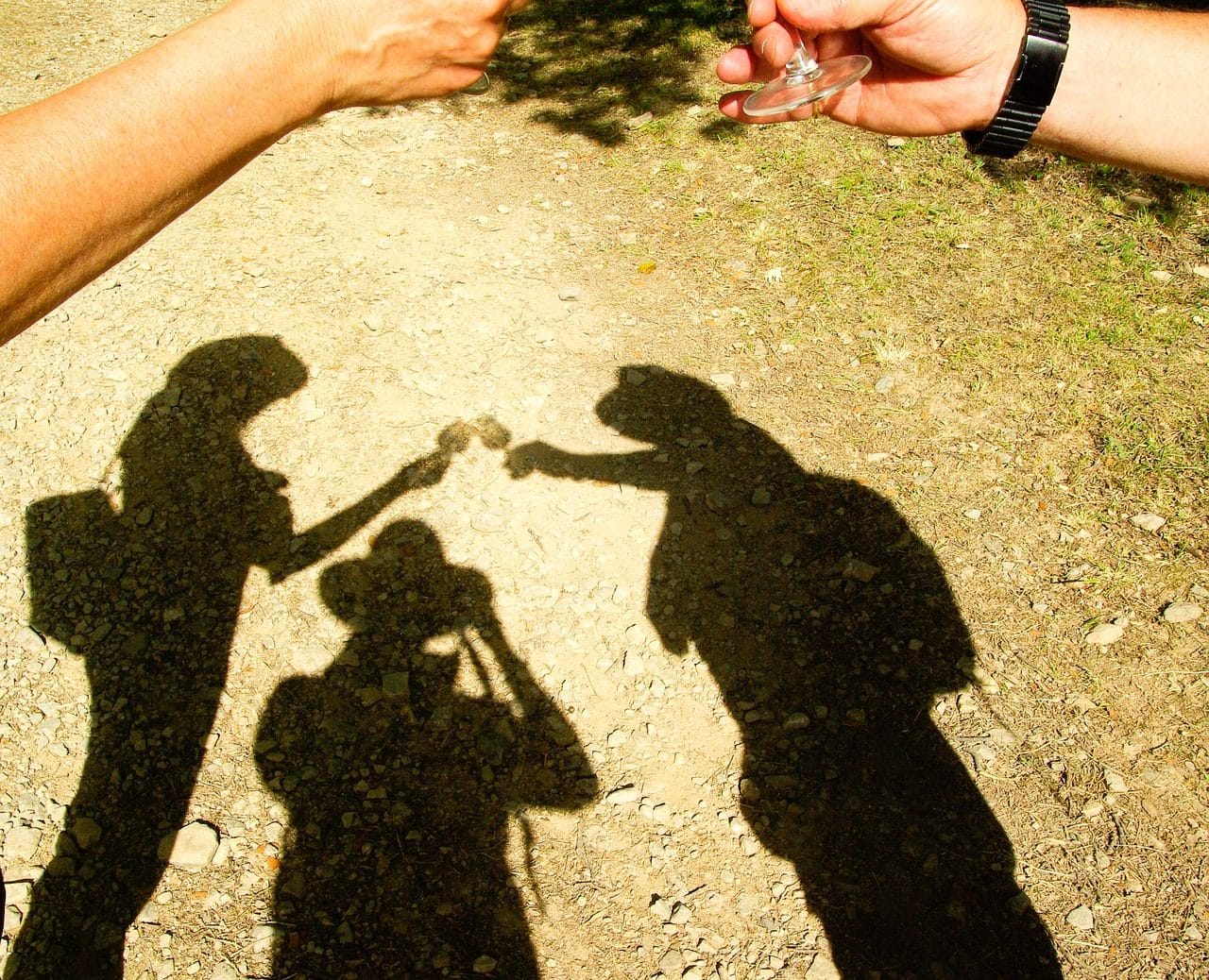
The shadow is the unlit part that appears when light is blocked.
The shadow is the dark or unlit region that forms when an object blocks light. This phenomenon is relevant in various aspects of life and has significant implications in multiple fields.
From a physics perspective, the study of shadows is essential to understanding the propagation of light and how it interacts with objects. In the field of art , shadows play a crucial role in the representation of three-dimensional objects in painting, sculpture, photography, film and theater.
Philosophy uses the shadow as a symbol of duality and contrast in issues related to morality, ethics and the perception of reality. In psychology , the concept is derived from Jungian theory and refers to the hidden or unrecognized aspects of personality.
The shadow also manifests itself in myths and legends in various cultures as a symbol of mystery , darkness or the unknown. In literature , it is used as a metaphor to represent duality in characters and explore good and evil.
In the field of technology and computer science , shadows are used in computer graphics and video games to create realistic visual effects and increase user immersion.
for physics
Shadow is a phenomenon that occurs when an object blocks the path of light. Its understanding involves concepts such as penumbra, umbra and antumbra . Additionally, celestial shadows play an essential role in notable astronomical events, such as eclipses.
The formation of a shadow begins with the light source, which emits rays in all directions. When an object is in its path, a dark area is produced behind the object. The darkest and densest region is called the umbra , while the partially illuminated area around it is known as the penumbra , a transitional part between direct light and complete darkness .
The antumbra is a region where the blocking object is smaller than the light source, creating a partially illuminated area with a shadow that is dimmer than the penumbra.
Eclipses are celestial phenomena that occur due to shadows. During a solar eclipse , the Moon moves between the Earth and the Sun, causing an umbra to form on the Earth. In the case of a lunar eclipse , the Earth is placed between the Sun and the Moon, creating a shadow that gradually darkens the Moon.
Shadow and culture
The shadow has been an intriguing and mysterious element in a variety of cultural manifestations around the world. From festivals and traditions to myths and legends, it has played a significant role in telling stories and celebrating events.
Let's start with Belgium's Carnival of Shadows , which includes a parade of costumed characters like Gilles, who wear masks and ostrich feather hats. It focuses on warding off evil spirits and welcoming spring. There is also the Day of Shadows , from Bhutan, as part of the holiday known as Tshechu . Monks use demon and evil spirit costumes to ward off bad influences.
Among the myths and legends related to the shadow we have the character Peter Pan, created by JM Barrie , who loses his shadow; This element is central to the story and reflects the idea that the shadow is a part of oneself that can be lost or recovered. Furthermore, the Night Shadow , in Egypt, was a goddess associated with darkness and destruction. It was believed to bring the night and had a fierce and dangerous side.

Our shadow represents the unknown aspects of our mind.
In psychology and philosophy
The shadow acquires deep and enigmatic connotations, which encompass both Jungian psychology and reflections on the duality between light and darkness in philosophy. These aspects reveal how the shadow becomes a symbol loaded with meaning in psychology and philosophy, revealing hidden aspects of the mind and existence .
For Jungian psychology, developed by Carl Gustav Jung , the shadow represents the hidden and unknown part of a person's psyche, containing repressed aspects, rejected desires, and personality traits that have not been integrated into consciousness. Its exploration is essential to the process of individuation , which involves recognizing and embracing these parts of oneself. By doing so, we seek to achieve greater integrity and psychological balance.
The shadow also becomes a powerful symbol in philosophy and reflection on the duality of light and darkness. It is a recurring theme that manifests itself in the exploration of human nature and existence. In this context it designates the unknown, which is often associated with mystery and the unexplored. This duality is intertwined with philosophical questions about morality, ethics, and the perception of reality .
in literature
Shadow is a powerful literary device, used to add depth and complexity to stories. It is often presented as an element of suspense and mystery , and can manifest itself in various ways, from personification and metaphors to the creation of shadowy characters and their roles in the plot.
In literature , the shadow can be personified as a mysterious and sinister entity that stalks the characters or as a symbol of the unknown and unexplored. It is common in genres such as horror, mystery, and science fiction , where it often hides secrets, threats, or dangers that keep readers in suspense.
Shadow characters are often enigmatic, complex, and often morally ambiguous. The shadow surrounding them may represent their true motivations or their past . They bring an element of ambiguity to the narrative that allows various questions of human nature and morality to be explored.

Photography uses shadow to add depth and create striking compositions.
In art and culture
The shadow has been an inexhaustible source of inspiration in the world of art and culture throughout history. From the use of chiaroscuro to its presence in photography, shadow theater and film, shadow has played a distinctive role in creative expression and the communication of emotions.
Chiaroscuro , an artistic technique that explores the contrast between light and shadow, has been fundamental in painting and drawing. Artists such as Caravaggio and Rembrandt used it masterfully to give depth and drama to their works. The play of shadows and light in his paintings brings a sense of volume to objects and creates a unique atmosphere that is often used to enhance realism and symbolism in art.
Photography , in turn, benefits greatly from shadow and contrast. Photographers explore how light hits objects to add depth and texture to their images. This allows them to convey emotions and tell stories through lighting, resulting in memorable portraits and striking visual compositions.
Shadow theater is a unique form of artistic expression that has existed for centuries in various cultures. It uses cut out and manipulated silhouettes to project shadows on a screen. It is often associated with the telling of traditional stories and myths.
In cinema , shadows are an essential component in creating atmospheres and moods. Film directors use it to heighten tension, express emotions, and highlight key elements of the narrative. Film noir icons, such as The Maltese Falcon and Casablanca film series, have employed masterful use of shadows to add mystery and drama to their scenes.
